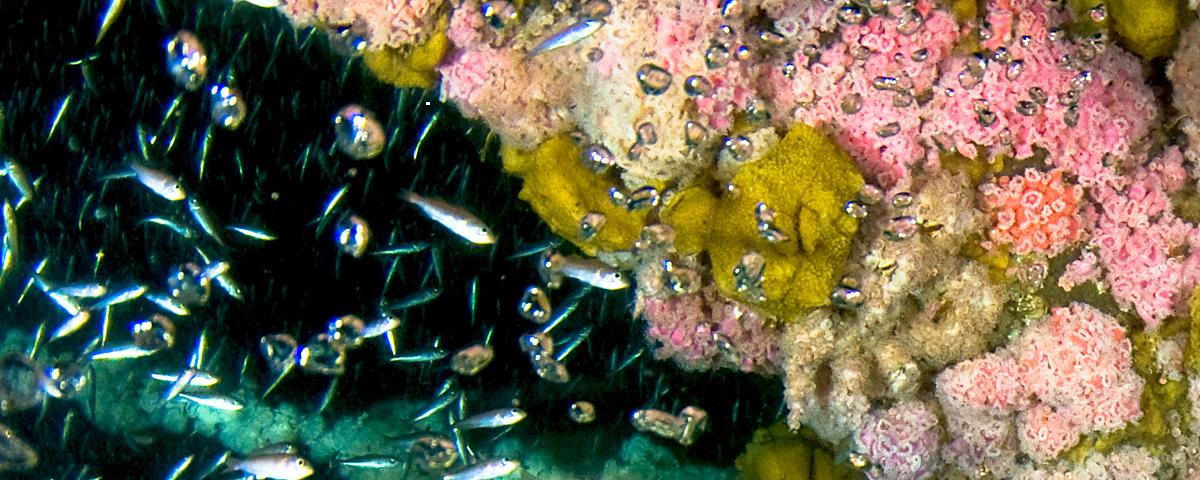Assessing the fate of juvenile rockfish at offshore petroleum platforms and natural reefs in the Santa Barbara Channel
Abstract
The assessment of the effects of platform activities and of the habitat created by the structure of petroleum platforms on marine populations greatly bears upon decommissioning issues. The suite of decommissioning alternatives that proposes to leave part or all of the abandoned platform structure in the marine environment is often collectively referred to as “rigs-to-reefs.” The primary goal of this study was to evaluate the importance of the vertical structure of the platform as settlement (i.e., recruitment) habitat for juvenile rockfishes, particularly in regard to the decommissioning alternative of cutting off the top of a platform and leaving a subsurface, vertical structure in place. We conducted visual surveys of fishes by scuba at seven oil platforms, seven natural reefs, and three shipwrecks from Avila Beach, central California, to Long Beach, southern California, during the summers of 2008 and 2009. Overall, 65 fish taxa were observed during the two survey seasons combined: 44 taxa were seen at platforms, 49 taxa at reefs, and 49 taxa at wrecks. At the platforms, 17 rockfish species were observed; the most abundant were bocaccio, widow rockfish, squarespot rockfish, and shortbelly rockfish. With only two exceptions, all rockfish species with juvenile or adult representatives on platforms occurred as recently settled young-of-the-year (YOY) in that habitat. Among the 10 most abundant fish taxa at platforms, six were non-rockfishes: blacksmith, jack mackerel, jacksmelt/topsmelt, Pacific sardine, sharpnose seaperch, and halfmoon which are all schooling species with warm-water affinities. This study provides two lines of evidence that indicate that rockfishes likely will recruit to platforms topped to subsurface depths between 25 and 30 m (the partial removal decommissioning option). The evidence is that: (1) YOY rockfishes are uncommon in shallow waters at platforms; and (2) YOY rockfishes recruit to reefs and wrecks and these assemblages do not necessarily differ from the assemblage found between 25 and 30 m at platforms. A consistent pattern between the two years of scuba surveys was the rarity of YOY rockfishes at the shallowest level (5-11 m) of the platforms. Moreover, YOY rockfishes predominated the assemblage at the deepest level (26-35 m) of the platforms with bocaccio, widow rockfish, and squarespot rockfish as the most abundant of 17 rockfish taxa observed. YOY rockfish recruitment at the platforms generally was greater in 2009 than in 2008, and higher densities at the deepest level of the platforms accounted for the increase. Supplementary data for this study from additional scuba surveys in 2010 are summarized. We revisited most of the platforms, reefs, and wrecks in 2010 at least once during summer 2010 after numerous reports of relatively high abundances of recruiting YOY rockfishes in the Santa Barbara Channel region. YOY rockfish densities in all habitats (platforms, reefs, and wrecks) increased markedly in 2010 above levels in the two previous years with the effect most pronounced at reefs. As in 2008 and 2009, the densities of rockfishes in 2010 were highest at the deepest level of platforms. The additional surveys in 2010 suggest that in years of relatively poor recruitment (e.g., 2008 and 2009), platforms play a more significant role as nursery habitat for regional populations of juvenile rockfishes.

